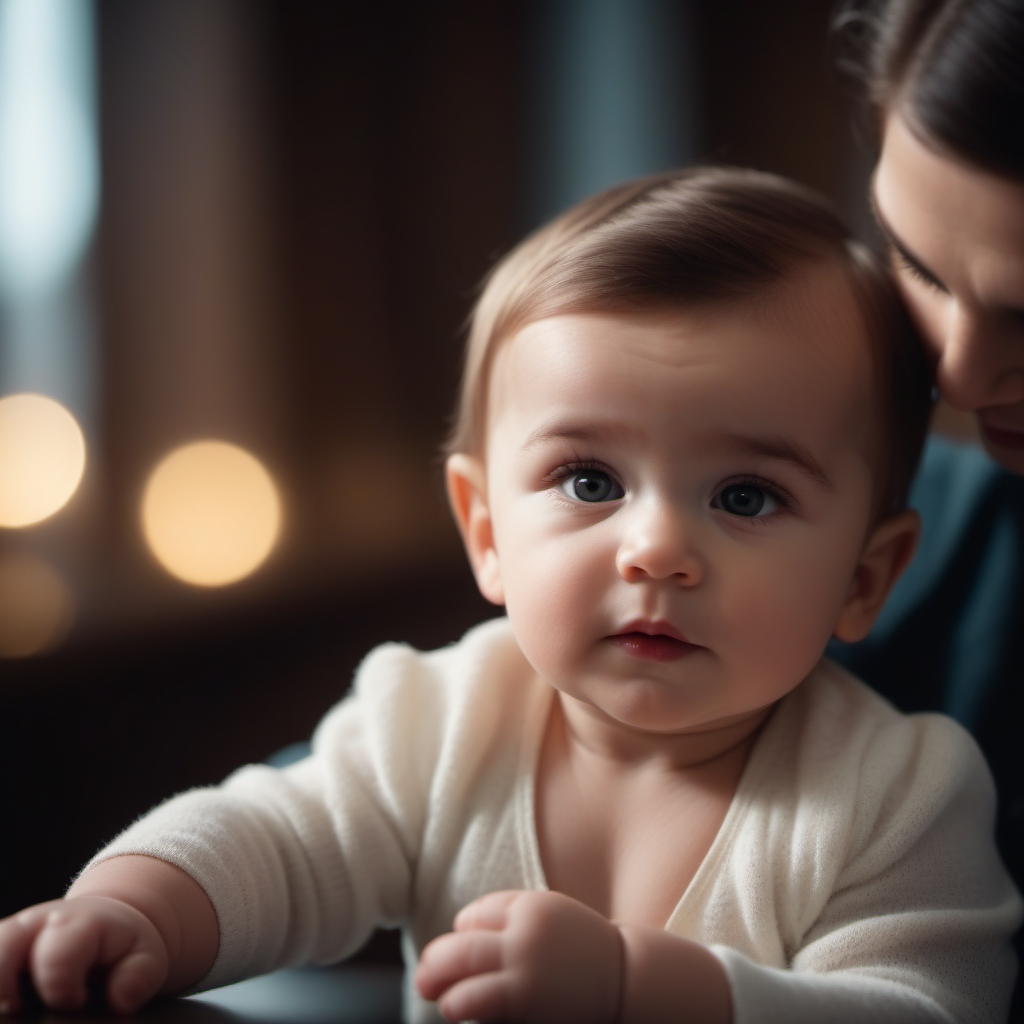Childhood Fevers: Understanding When to Worry and When to Relax

Dr. Craig Smith, MD
4 Min read
Every parent has experienced the moment when their child feels warm, prompting the anxiety-inducing realization that a fever may be at play. In such moments, it's crucial to strike a balance between concern and composure. This article delves into the nuances of childhood fevers, from their definitions across different age groups to when urgent care is necessary and when parents can take a more relaxed approach.
Deciphering Fever:
Normal body temperature hovers around 98.6°F, with minor daily fluctuations. Fevers kick in at 100.4°F or above. Categorized as low-grade between 100.4°F and 102.2°F, and high-grade beyond 102.2°F, a fever is not an ailment but rather a sign of the immune system combatting invaders such as infections. Understanding fever symptoms, including chills, sweating, muscle aches, appetite changes, dehydration, weakness, and altered behavior, is crucial.
Assessing Severity:
While the thermometer reading is informative, assessing a child's age, behavior, duration of fever, and additional symptoms is equally important. Young children, particularly those between 6 months and 5 years, may experience febrile seizures, necessitating immediate medical attention. If a seizure lasts over 5 minutes, a call to 911 is imperative.
Newborns to 3 Months:
Even slight temperature elevations in newborns demand attention. A fever of 100.4°F or higher, or conversely, a temperature lower than 97.7°F when taken rectally, warrants contacting a healthcare professional. Urgent care or an emergency room visit is essential if accompanied by symptoms such as difficulty feeding, breathing issues, unexplained rash, vomiting, or a notable change in behavior.
3 Months to 3 Years:
For older infants and toddlers, a fever of 102.2°F or higher should prompt a call to the doctor. Monitoring their response to over-the-counter medications is crucial, and persistent fevers that do not subside with medication may signal an underlying issue. Additional symptoms, such as trouble waking up, breathing difficulties, decreased urine output, vomiting, unexplained rash, or abdominal pain, necessitate urgent care.
Children Older than 3 Years:
In children aged 3 and above, a fever exceeding 102°F for more than two days may be cause for concern. If the fever persists beyond five days or doesn't respond to over-the-counter medications, consultation with a healthcare professional is advised. Urgent care is necessary for symptoms like difficulty breathing or swallowing, persistent vomiting, burning with urination, unexplained dark rash, abdominal pain, or signs of lethargy.
Monitoring Techniques:
While rectal readings remain the gold standard for accurate temperature measurement in young children, digital thermometers in the underarm or temporal artery scanners may also be effective. For children aged 4 and above, oral readings can be taken, but it's essential to wait 30 minutes after eating or drinking for accurate results.
When to Seek Urgent Care:
Trust your parental instincts. If your child falls into any of the following categories, contacting a healthcare professional is advisable:
- Newborn under 3 months with a fever over 100.4°F.
- Baby (3 to 6 months) with a temperature of 102°F and noticeable behavioral changes.
- Older baby (6 to 24 months) with a temperature exceeding 102°F lasting more than a day, without other signs of illness.
- Persistent fever for 5 days or more in any age group.
- Fever of 104°F or higher, regardless of other symptoms.
- Fever unresponsive to fever reducers.
- Inconsolable, lethargic, or altered behavior.
- Signs of dehydration, such as decreased urine output.
When Relaxing is Appropriate:
Fever management at home may be suitable under certain conditions:
- Fever lasting fewer than 3 to 5 days with the child behaving normally.
- Fever below 102.5°F in children aged 3 months to 3 years, or below 103°F in older kids, with no alarming symptoms.
- Low-grade fever following immunizations in the first couple of days.
Conclusion:
Childhood fevers are a common occurrence, and understanding when to seek medical attention versus when to employ at-home measures is crucial for parents. By staying informed about the nuances of fever across different age groups, parents can navigate these situations with confidence, ensuring the well-being of their little ones.